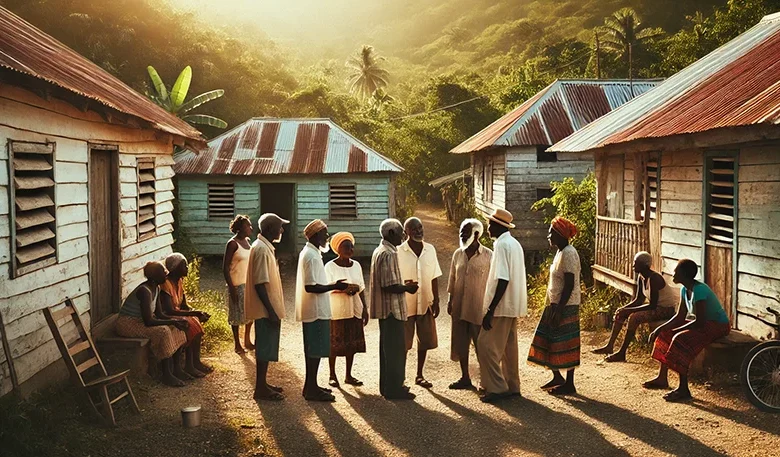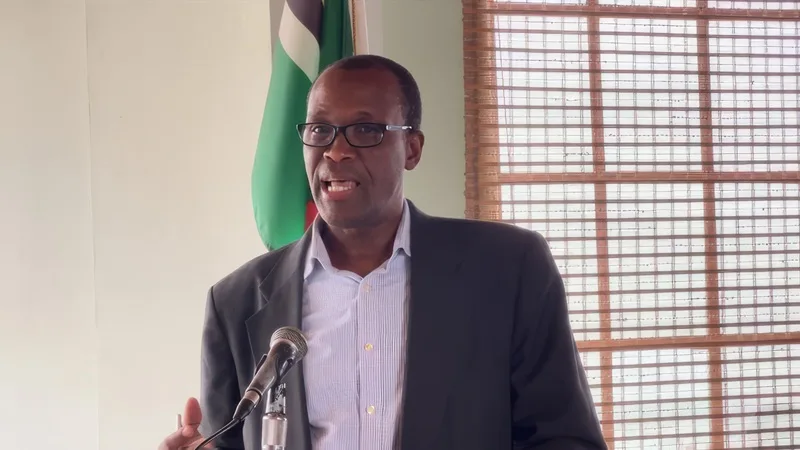Kokoy – Language

Kokoy (not Kokoy – Banana) is an English Creole language spoken primarily in Dominica’s northeast villaes, such as Wesley, Marigot, Woodford Hill, and Clifton. It was introduced to the island by immigrants from Montserrat and Antigua in the late 19th century, most of whom worked on Dominica’s Hatton Garden, Londonderry, and Woodford Hill Estates. This community largely belonged to the Protestant faith, particularly Methodism, and they brought with them a distinct form of Pidgin English that evolved into what is now known as Kokoy.
The Role of Kokoy in Dominica’s Culture
Historically, Kokoy was seen as the language of the working class and was often stigmatized as “broken” or “bad” English. Despite this, the language is significant in Dominica’s cultural heritage. Its usage extends beyond daily conversation to storytelling, traditional music, and religious praise. Kokoy is often used in Carnival songs and folk tales, adding a distinct flavour to the island’s oral traditions. Today, Kokoy speakers advocate for greater recognition of the language, similar to the efforts made for Kwéyòl, another Creole language spoken in Dominica.
Linguistic Influence and Evolution
The evolution of Kokoy is intertwined with Dominica’s history, particularly its colonial past and the influence of English-speaking workers from other islands. It has remained distinct from Standard English and Kwéyòl, with its roots in the English Creoles of the Leeward Islands.
Although efforts to promote Kokoy have increased, including radio programs and community initiatives, the language still faces challenges in gaining formal recognition. Much like Kwéyòl, Kokoy is often overshadowed by the dominance of English, particularly in education and official communication. However, cultural events like Creole Heritage Month and the E.O. LeBlanc Memorial Lecture have highlighted the importance of Dominican Creole languages, including Kokoy, in preserving the island’s identity and heritage.
Efforts continue to preserve Kokoy, with many Dominicans seeing it as an essential part of their cultural fabric, especially during key celebrations like Independence Day and Jounen Kwéyòl.




